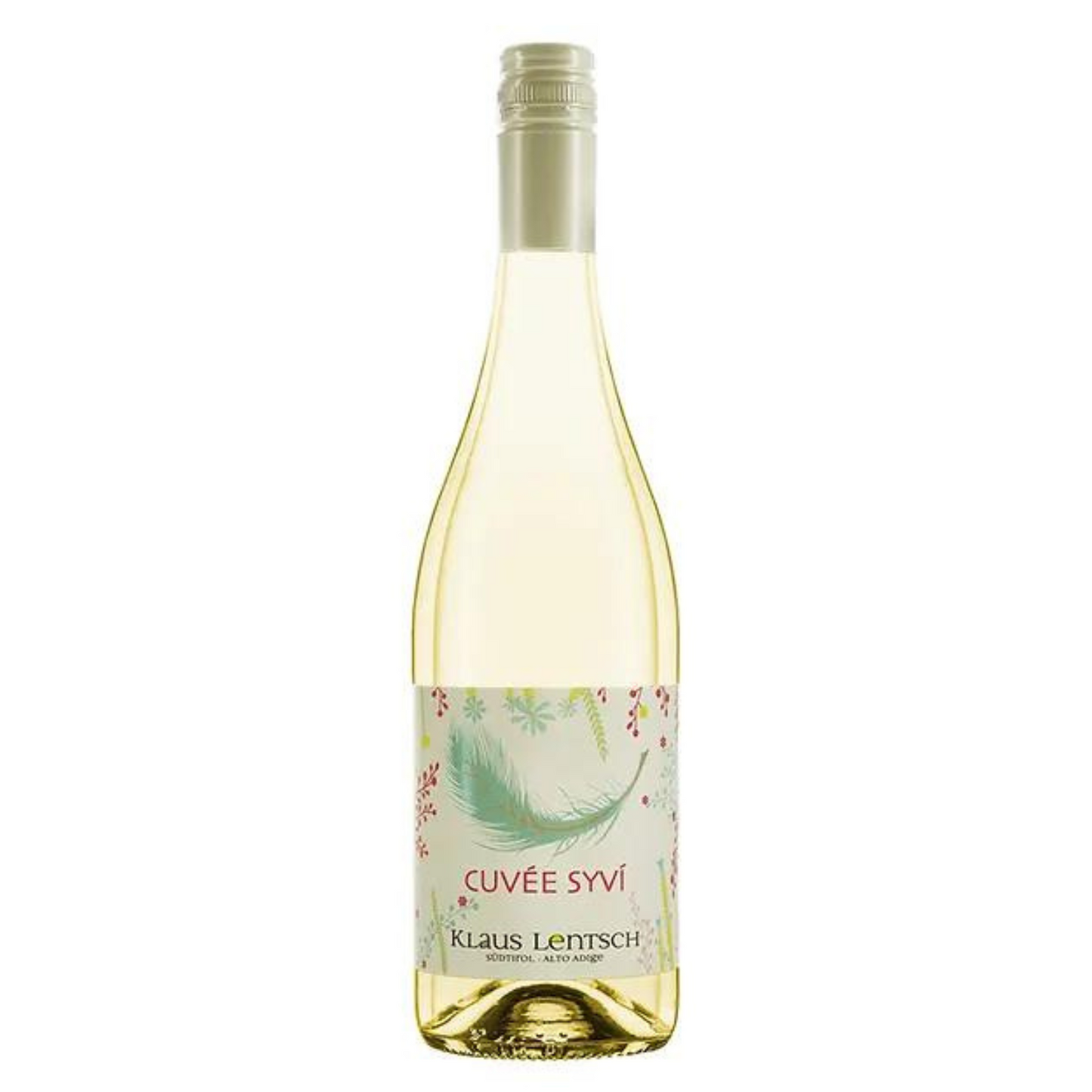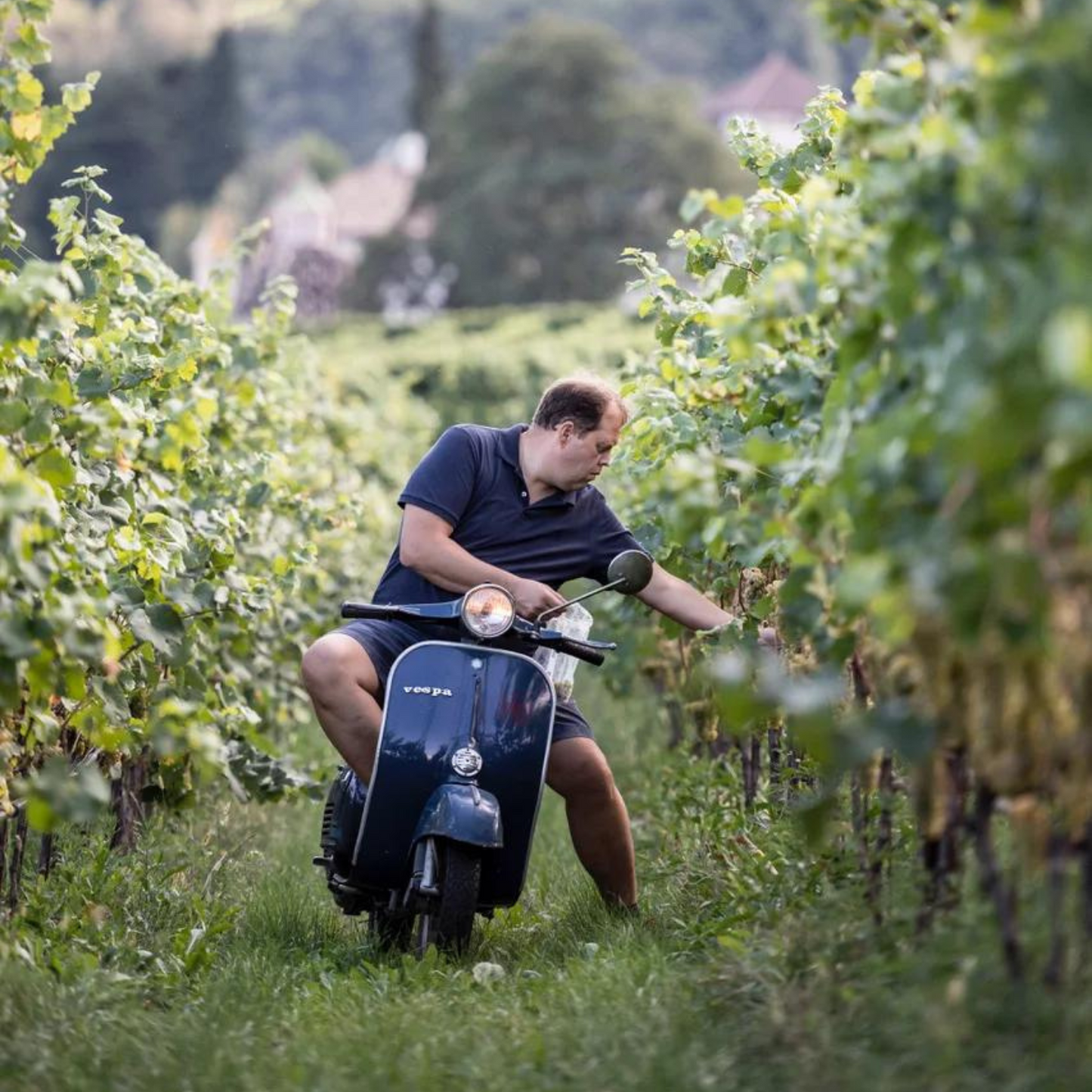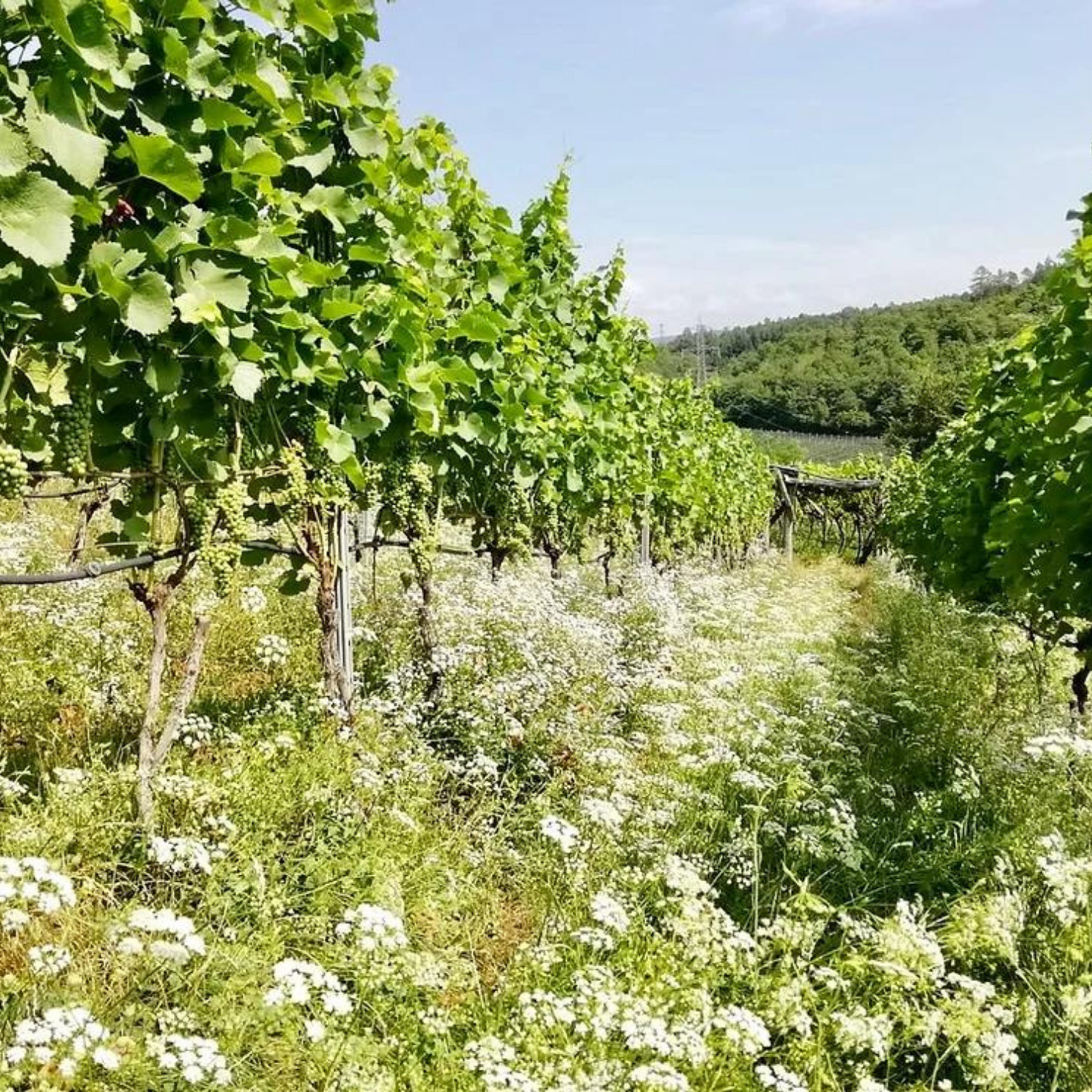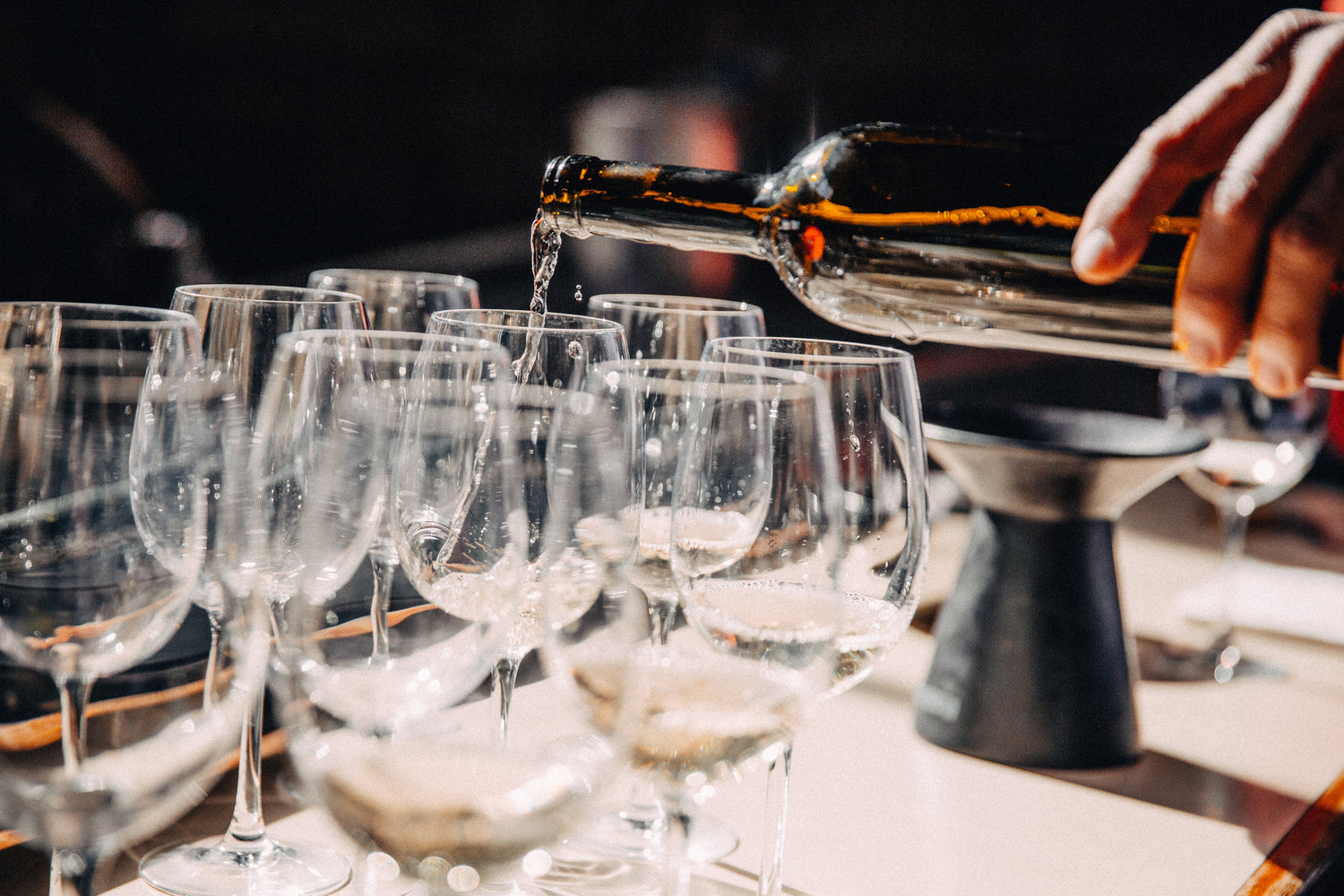Klaus Lentsch, South Tyrol
South Tyrol DOC Cuveé Syví 2022
South Tyrol DOC Cuveé Syví 2022
Couldn't load pickup availability
Cuveé Syví aims to be a light, pool wine, in terms of alcohol but rich in flavor and character. The two aromatic partners of the Grüner Veltliner refine its bouquet and make the wine very seductive. The Grüner Veltliner vineyards in the Isarco Valley and those of Moscato Giallo and Sauvignon in the Oltradige benefit from unique climatic conditions that allow the production of distinctive, high-quality wines.
The Klaus Lentsch winery, located in the heart of the San Paolo/Appiano vineyards, was founded in 2008 by Klaus Lentsch, descendant of a family of long-established winemakers. With a philosophy that combines a passion for wine and attention to detail, Lentsch aims for the highest quality, taking care of every stage of the process, from growing the vine to winemaking and marketing.
Annata: 2023
Denominazione: Alto Adige DOC
Vitigni: 94% Grüner Veltliner, 3% Moscato Giallo, 3% Sauvignon
Tipologia: Bianco
Alcol: 11,0% vol.
Formato: 0,75l
Temperatura di servizio: 8-10°C
Occasione per assaporarlo: serate informali con amici
Abbinamenti: antipasti leggeri, primi piatti di pesce, sushi e formaggi freschi
Territorio: S. Paolo-Appiano, South Tyrol
Condividi con i tuoi amici!




Note di degustazione
Cuveé Syví 2023 by Klaus Lentsch has a light straw yellow color with greenish reflections. On the nose, fresh notes of green apple and a touch of spices are perceived. In the mouth it is lively and well balanced, with an acidity that gives freshness and a pleasant persistence.
-

Abbinamenti: lasciati ispirare
Klaus Lentsch's Cuveé Syví 2023 is perfect as an aperitif and goes beautifully with fresh cheeses and light vegetable dishes, highlighting its gastronomic versatility.
-

Metodo di produzione
The production of Cuve Syvi 2023 begins with a careful harvest, the result of a year of hard work in the vineyard. After destemming of the Grüner Veltliner grapes and a period of cold maceration, the must is gently pressed. The temperature of the must is adjusted to approximately 17°C to start fermentation. About 2/3 of the way through the fermentation, the aromatic varieties of Moscato Giallo and Sauvignon are added. After about a week, the wine is decanted to eliminate coarse lees. The young wine matures for the following months in steel barrels, with frequent stirring of the fine lees to improve complexity and structure. The process ends with bottling around April of the following year.





